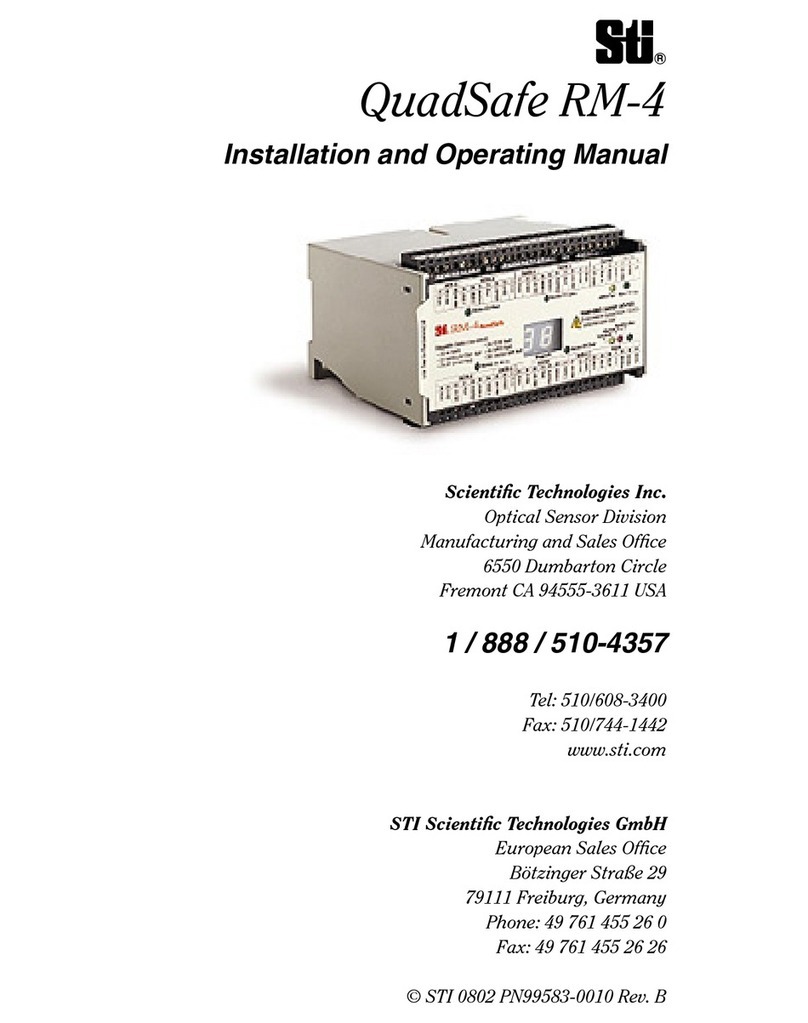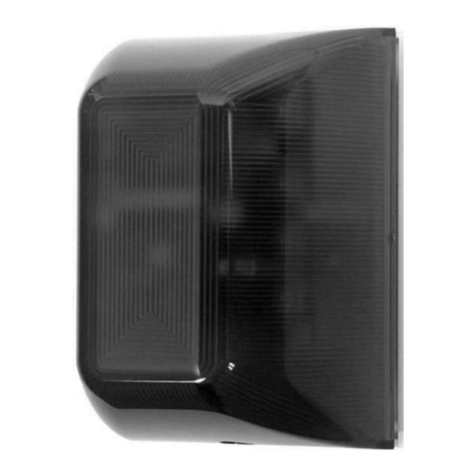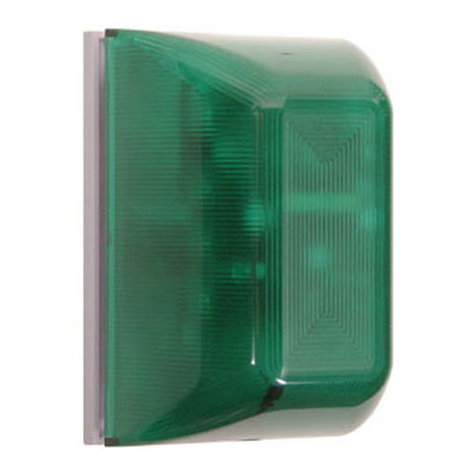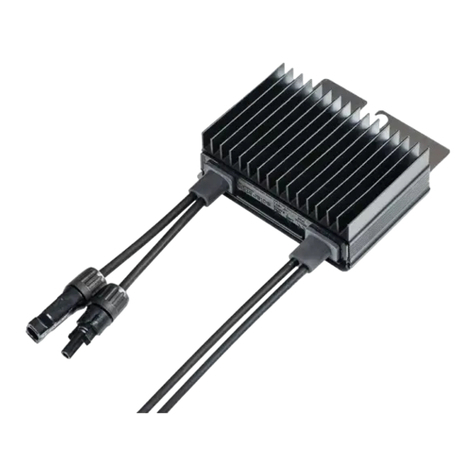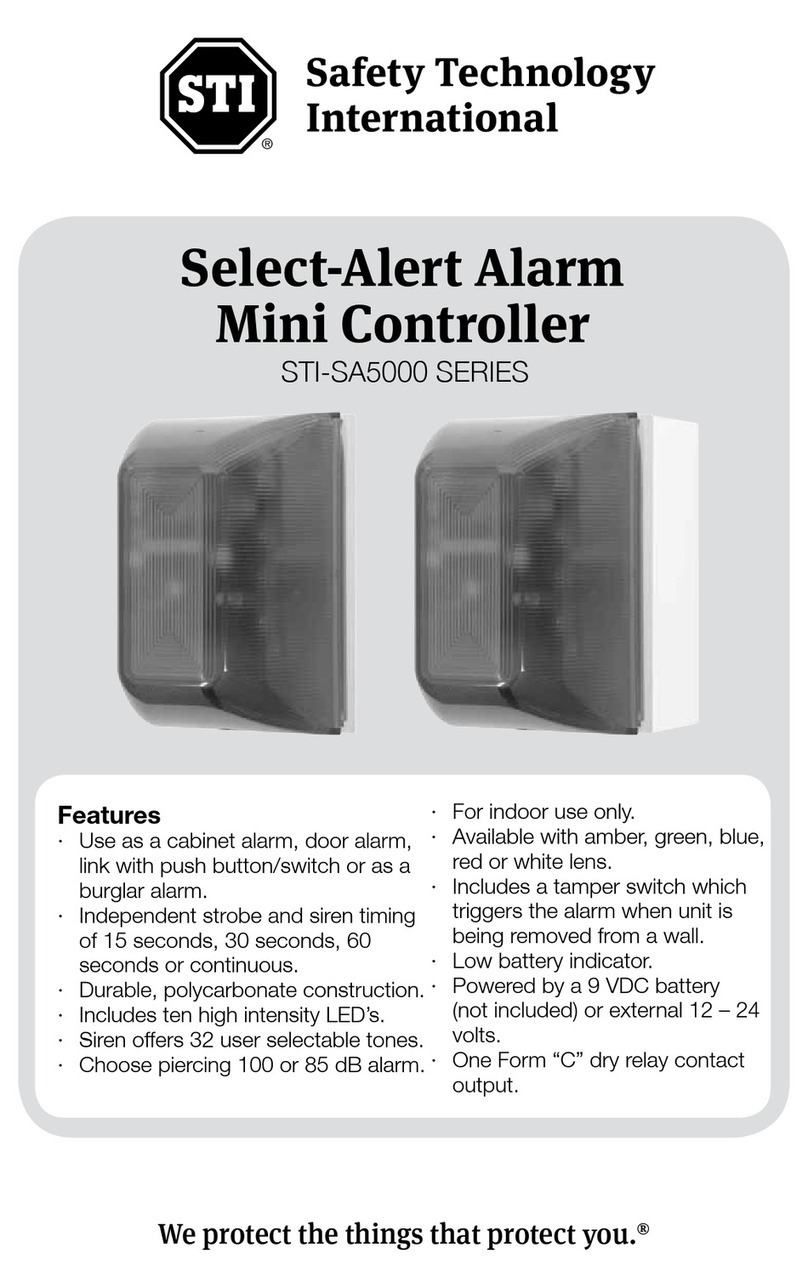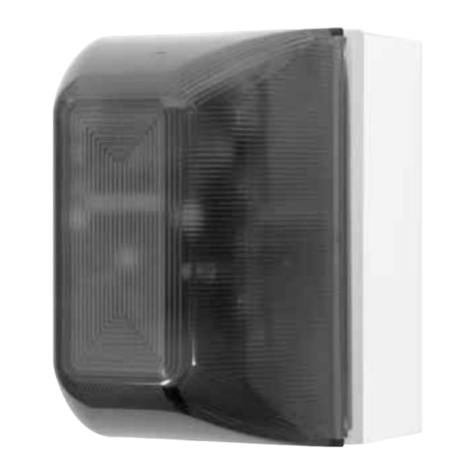
STI S.r.l. – Via Dei Caravaggi 15, 24040 Levate (BG) – ITALY www.imi-critical.com
Manual 5300, rev. 09 06/2020 – RTQS ii
INDEX
1
GENERAL INFORMATION................................................................................................................................ 1
1.1
G
ENERAL
W
ARNINGS
.................................................................................................................................... 1
1.2
G
ENERALITIES
............................................................................................................................................. 1
1.3
M
ANUFACTURER
......................................................................................................................................... 1
1.4
T
ERMS AND CONDITIONS
............................................................................................................................... 1
1.5
M
ANUFACTURER
’
S
L
IABILITY
........................................................................................................................... 1
1.6
A
PPLICABLE
S
TANDARDS AND
D
IRECTIVES
.......................................................................................................... 2
1.7
S
YMBOLOGY
U
SED
....................................................................................................................................... 2
2
DEVICE DESCRIPTION ..................................................................................................................................... 3
2.1
G
ENERAL
D
ESCRIPTION
................................................................................................................................. 3
2.2
I
DENTIFICATION OF THE
M
AIN
P
ARTS
................................................................................................................ 3
2.3
A
CTUATOR CODING DESCRIPTION
..................................................................................................................... 4
3
TECHNICAL DATA ........................................................................................................................................... 5
4
IDENTIFICATION NAMEPLATES ....................................................................................................................... 6
4.1
N
AMEPLATE BASED ON
ISO
12490 ................................................................................................................. 6
4.2
S
TANDARD
N
AMEPLATE
................................................................................................................................ 6
5
RECEPTION ..................................................................................................................................................... 7
5.1
L
IFTING AND
H
ANDLING
................................................................................................................................ 7
5.2
C
HECK AT THE RECEPTION
.............................................................................................................................. 8
5.3
S
TORAGE
................................................................................................................................................... 9
5.4
R
EQUIREMENTS OF
S
TABILITY
......................................................................................................................... 9
5.5
I
NTERFACE DOCUMENT AND DIMENSIONAL DRAWING
............................................................................................ 9
6
INSTALLATION .............................................................................................................................................. 10
6.1
C
HECKS TO BE PERFORMED BEFORE INSTALLATION
.............................................................................................. 10
6.2
A
SSEMBLING OF THE ACTUATOR ON THE VALVE
.................................................................................................. 10
6.3
P
NEUMATIC
C
ONNECTIONS
.......................................................................................................................... 12
6.4
E
LECTRICAL
C
ONNECTIONS
(I
F ANY
) ................................................................................................................ 12
6.5
E
ARTH CONNECTION
................................................................................................................................... 12
7
OPERATION AND USE ................................................................................................................................... 13
7.1
O
PERATION DESCRIPTION
............................................................................................................................. 13
7.2
I
NTENDED USE
.......................................................................................................................................... 13
7.3
R
EASONABLY FORESEEABLE MISUSE
................................................................................................................ 14
7.4
O
PERATING LIMITS
..................................................................................................................................... 14
7.5
R
ESIDUAL
R
ISKS
......................................................................................................................................... 14
8
INSTRUCTIONS FOR THE OPERATOR............................................................................................................. 15
8.1
S
TART
U
P
................................................................................................................................................ 15
8.2
S
TROKE ADJUSTMENT
................................................................................................................................. 15
8.3
M
ANUAL
O
VERRIDE
................................................................................................................................... 18
9
MAINTENANCE............................................................................................................................................. 20
9.1
S
ERVICE LIMIT
........................................................................................................................................... 20
9.2
P
ERIODIC
I
NSPECTIONS
................................................................................................................................ 20
9.3
S
PECIAL MAINTENANCE
............................................................................................................................... 21
9.4
R
EPAIRS
.................................................................................................................................................. 27
10
ACTUATOR LUBRICATION ......................................................................................................................... 28
